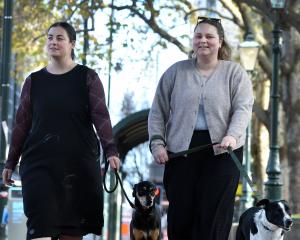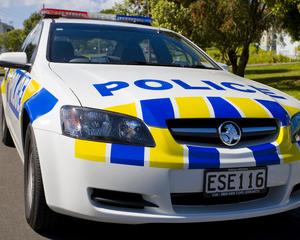Figures presented to the Southern District Health Board showed an enormous rise in patients needing to be held down, particularly in December.
"Five Wakari mental health clients were responsible for 185 restraint-type incidents alone, and one client had 94 events," a report to the board said.
In 2019, use of restraint was much lower, seldom cresting above 100 events a month.
In 2020, however, restraint use was seldom below 100, and in December soared from about 150 to almost 250.
The issue was not confined to mental health wards and the board was told restraint use also spiked in Dunedin Hospital’s emergency department in December.
"This is not entirely unusual in the Christmas season," the report said.
The report stressed that the figures captured all levels of restraint, and that the biggest increase had been in partial restraint.
The surge reflected the complex and aggressive nature of some users of the service, and the severity of the illness of several patients.
"Attempts to de-escalate and keep people out of seclusion will also be a contributing factor, particularly in Ward 9b and Ward 10a [at Wakari] ... one client in Ward 9b has recorded 194 over the 2020 year for physical assaults or risk of injury to others."
The increased use of patient-restraint was noted as a concern and staff were using a range of measures, which included medication changes, to try to reduce the frequency of incidents requiring patient restraint, the report said.
"The situation is not ideal for client or staff, so all attempts to minimise restraint are currently being deployed."
Possibly linked to the increased use of restraint, the SDHB also recorded a rise in the use of seclusion in December.
The board is attempting to eliminate the use of patient seclusion, but use of the technique in 2020 was consistently above 2019 figures.
In December, SDHB chief executive Chris Fleming said the board did think the goal of zero patient seclusion was achievable and was working on alternative strategies to try to achieve that goal.
Advertisement













